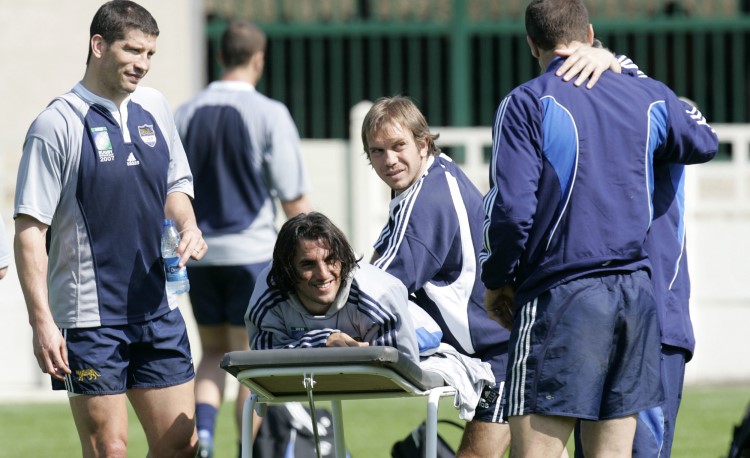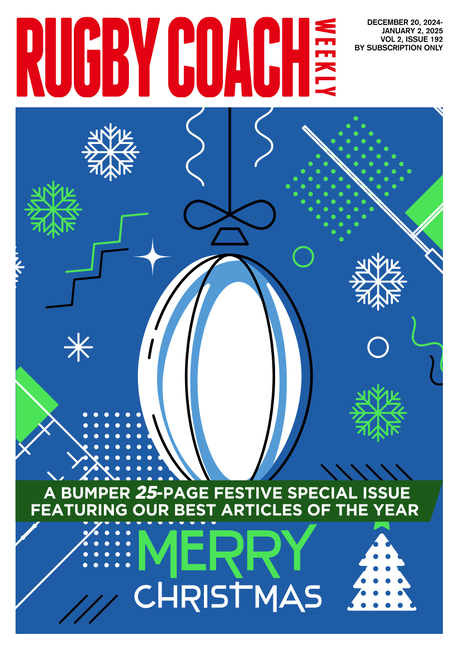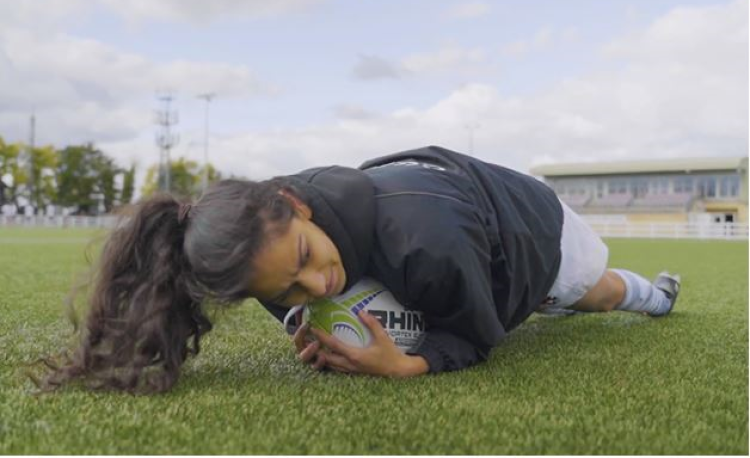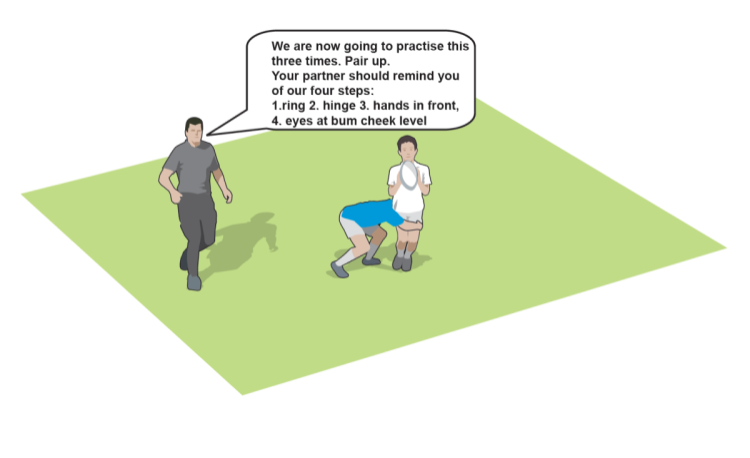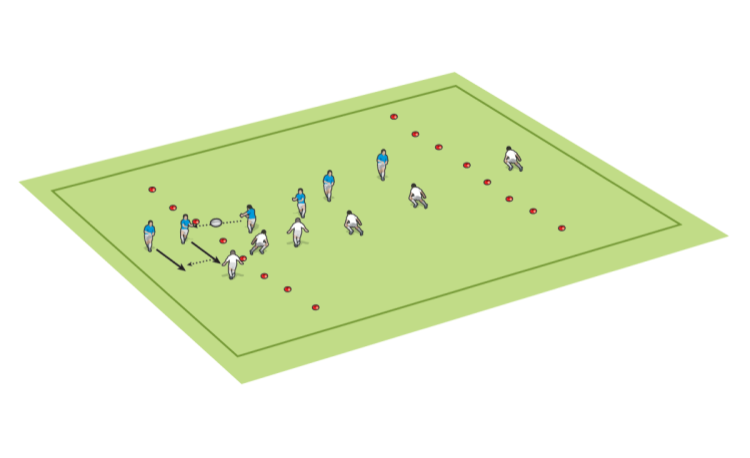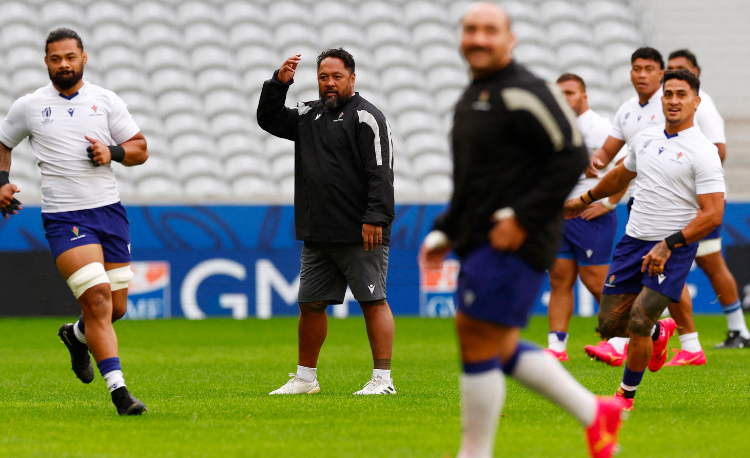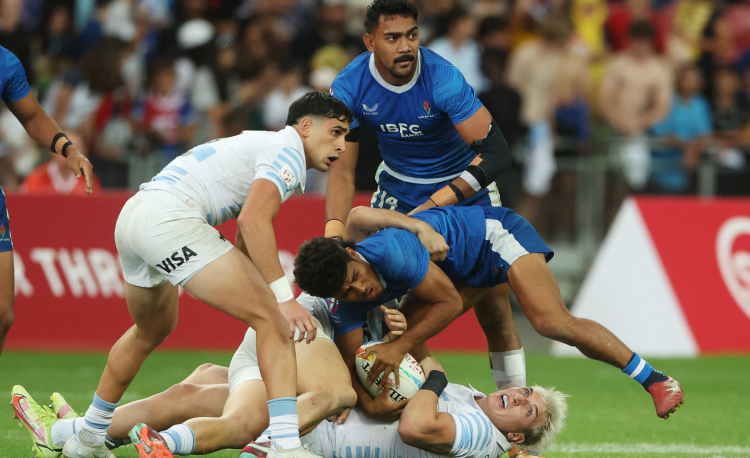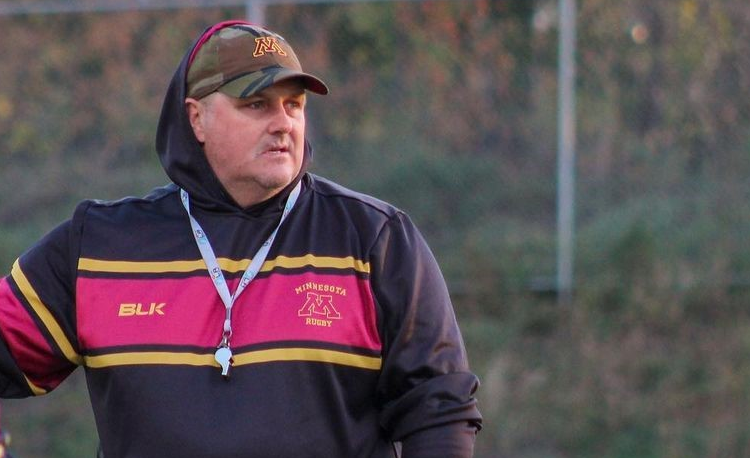Keeping top players fit for crucial games
How to manage those who put themselves in the firing line and help them play more often. By biomechanics expert LIZ WARD, of Sport Injury Management.
In a tough period of games, there will be many players beginning to wane after successive demanding outings.
The extent of this waning will depend on their strength and conditioning programmes, nutrition and sleep patterns, but they may also be combatting niggles picked up throughout the season.
It is important for you to be aware of any issues and accommodate them. This is a lot easier in an elite set-up, but there are a few strategies anyone can adopt to keep these players on the field.
Rehydration
We all know that rehydration is vital before, during and after a game.
Players must replace any lost fluid to allow the blood to circulate the body more easily and efficiently, getting the necessary oxygen and nutrients to where they are needed.
Electrolytes lost through sweat also need to be replaced; more so as the outside temperatures increase.
Without replacing these minerals when taking in extra fluid, the blood will become diluted and the body will just try to get rid of this fluid. Fruit juices, vegetable juices and most sports drinks contain electrolytes.
In an amateur environment, it’s difficult to be prescriptive because you won’t have the time or resources to measure what players need. Keep encouraging them to keep drinking ’good’ fluids, but not overdoing it that they then feel uncomfortable.
Food
Players need to take on good protein post match to assist muscles to repair and grow.
Chicken or turkey curries, without too much sauce, are good, as is a lean, beef ragu dish. They are easy to make in advance and will keep on the heat for some time.
For vegetarians, pulses such as lentils, chickpeas or peanuts, combined with a wholegrain, will work well, as will quinoa.
In tournaments, the odd peanut butter sandwich, on wholemeal bread, is great in between matches. Put a banana in and we have electrolytes covered, too.
Carbohydrates may be increased for hard training sessions and prior to the game, but there’s no need for ’carbohydrate loading’.
Professional help
It would aid recovery enormously if a player could attend a session with a soft-tissue therapist around two days after a game. Any imbalances or deficits can be assessed and corrected at this point and reports sent back to the coach.
A sports massage helps by improving circulation, increasing the permeability of the soft tissues, breaking down scar tissue and stretching the muscles. It can also help to reduce pain and aid relaxation.
Most soft-tissue therapists are happy to give a concession to members of any club registered with them.
Balancing training
If your club trains on Tuesdays and Thursdays, Tuesday should be set aside for prehabilitation and proprioception work.
Prehabilitation is strength training to prevent injuries, while proprioception workouts help players with ongoing niggles to retrain the right athletic movements which might have been impaired by an injury.
All of this will help prevent future injuries while dealing with current ones. Your team physio could lead part of the session.
Thursday should be set aside for skills and team training, preparing for the game ahead.
Game ready
A good dynamic warm-up prior to a game may lessen any occurrence of injury and will prepare the player mentally, as well as physically, for the challenge ahead.
Immediately after the game, a cool down, including low-impact exercises and developmental stretches, provides greater physiological recovery.
There are also some good compression garments that could help with recovery and some players respond well to contrast water therapy – otherwise known as ice baths.
Related Files
Newsletter Sign Up
Coaches Testimonials

Gerald Kearney, Downtown Las Vegas Soccer Club

Paul Butler, Florida, USA

Rick Shields, Springboro, USA

Tony Green, Pierrefonds Titans, Quebec, Canada
Subscribe Today
Be a more effective, more successful rugby coach
In a recent survey 89% of subscribers said Rugby Coach Weekly makes them more confident, 91% said Rugby Coach Weekly makes them a more effective coach and 93% said Rugby Coach Weekly makes them more inspired.
Get Weekly Inspiration
All the latest techniques and approaches
Rugby Coach Weekly offers proven and easy to use rugby drills, coaching sessions, practice plans, small-sided games, warm-ups, training tips and advice.
We've been at the cutting edge of rugby coaching since we launched in 2005, creating resources for the grassroots youth coach, following best practice from around the world and insights from the professional game.
